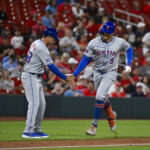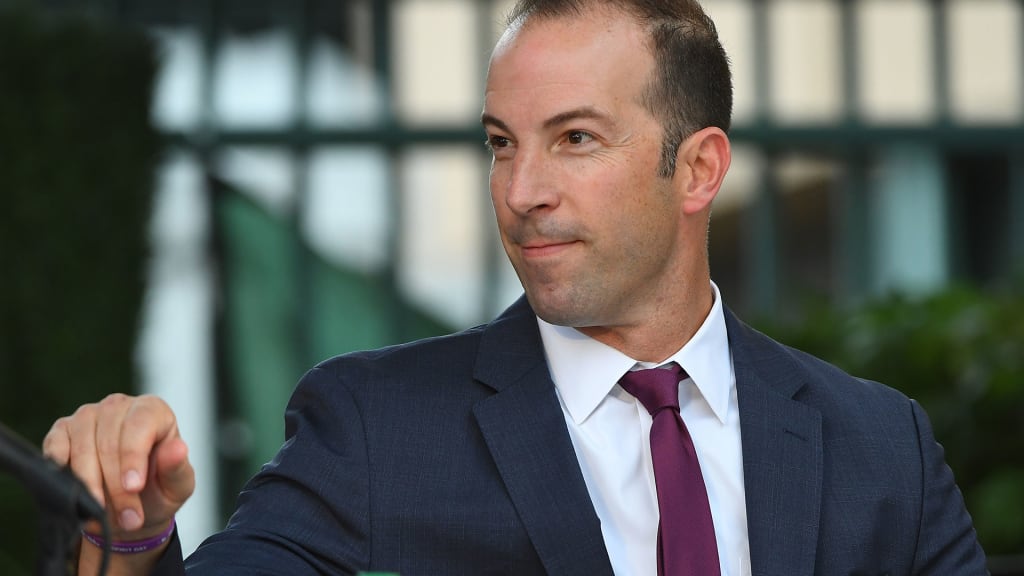
August 2 of this past season left a lot of fans and pundits a tad puzzled at Billy Eppler and the New York Mets’ trade deadline approach. Interestingly enough, Friday morning Eppler defended the team’s decision making once again explaining that he has “no regrets” with how the deadline was handled.
The approach that the Mets took was one that showed great conservatism. They did not want to give up their higher-tier prospects and jeopardize their ability to build a sustained winner. Which, given how the Mets’ system is currently built, may have been a wise decision. Regardless, that is the approach the team took, if it was right or wrong is another story.
In total, the Mets made four main moves leading up to and on the August 2nd MLB Trade Deadline. Looking back on those deals, how did the Mets make out? How did the players involve in the trades fair? Let’s take a look.
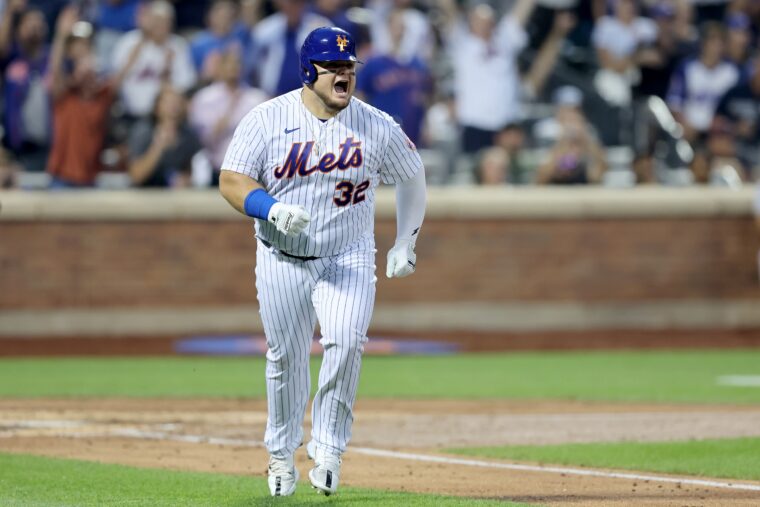
Mandatory Credit: Brad Penner-USA TODAY Sports
Trade #1: July 22 – Daniel Vogelbach (1B/DH) from Pittsburgh for Colin Holderman (RHP)
At first, several seemed skeptical of the move to deal the young Holderman due to his success as well as age. However, several fell in love with 270-pound Vogelbach, who the Mets acquired for the relief pitcher, as he started his tenure red hot. As is well documented, Vogelbach cooled off considerably for a stretch, before once again playing well to end the season.
In all, the left-handed hitting Vogelbach, who exclusively faced right-handed pitching, slashed .255/.393/.436 and hit six home runs while tallying 25 RBI during his time in New York. This good for a very strong .830 OPS. His OPS+ of 139 was also a superb figure, and well above the league average. All-in-all, Vogelbach did a nice job for the Mets after coming over in the deal.
Holderman, meanwhile, pitched to a 2.04 ERA with the Mets across 17 2/3 innings pitched before being moved. For that reason, the trade was highly scrutinized by many right off the bat. However, a deeper dive into that 2.04 ERA shows a FIP of 3.79. This indicating that the 2.04 ERA figure may have been a result of some good luck and fielding behind him.
Largely limited by injury, Holderman only threw three innings in Triple-A and 10 2/3 at the major-league level with Pittsburgh. He posted ERAs of 3.00 and 6.75, respectively. Holderman is currently on the 60-day injured list with a shoulder issue.
At the end of the day, relievers such as Holderman are easily replaceable, and as his underlying numbers and numbers in limited action with Pittsburgh indicates, his early success with the Mets may have been overly stated. Meanwhile, Vogelbach, despite a pro-longed slump and sometimes frustrating approach at the plate, did good work for New York. He is also not slated to be a free agent, as of now, until 2024.
Grade: B
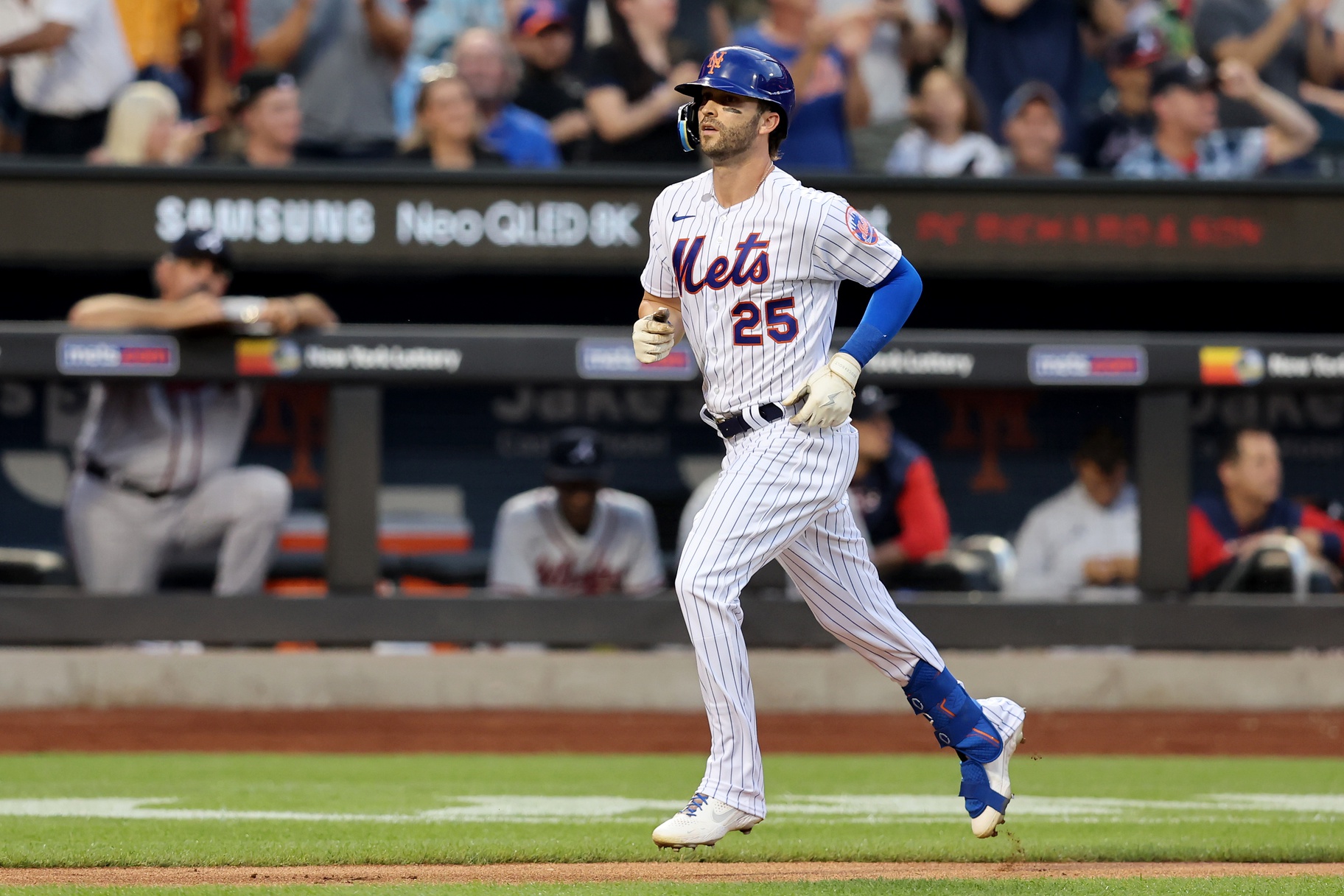
Brad Penner-USA TODAY Sports
Trade #2: July 28 – Tyler Naquin (OF) and Phillip Diehl (LHP) from Cincinnati for Hector Rodríguez (2B) and Jose Acuña (RHP)
Billy Eppler’s next move was for outfield depth, and another bat that historically racked against one type of pitcher. In the deal, New York also acquired a minor league, left-handed pitcher. In doing so, they gave up two prospects. Each were not among the top-30 prospects in the Mets’ system, per MLB.com‘s prospect rankings, at the time of the deal.
Despite a strong start, most of Naquin’s tenure did not go as planned. The rental, as he is now a free agent, had a very nice two home run game before largely faltering the rest of the season. His OPS decreased by 113 points (.749 to .636) from his time earlier in the season with the Reds and his overall performance against right-handed pitching decreased as well. This as his OPS against left handers with the Mets was one of the lowest marks of his career.
Diehl, unsurprisingly, did not see any major-league time. Though, posted a woeful 8.27 ERA in 16 1/3 innings pitched with Syracuse (Triple-A).
Hector Rodríguez, an 18 year old, five-foot-eight infielder, had a very nice year in the Dominican Summer League with the Mets’ organization in 2021. He backed that up with .928 OPS with the Mets’ organization in the Florida Complex League this year before getting moved. With the Reds, he had 1.184 OPS in 24 at-bats in the Arizona Complex League and .786 OPS in 45 at-bats in the Florida State League.
Jose Acuña, a 19 year old pitcher, had an ERA of 3.86 in 2021 and an ERA of 3.16 this season with the Mets in the Florida Complex League before being dealt. In 31 1/3 innings with the Reds’ organization after being dealt this year, he struck out 35 and posted a 3.16 ERA.
Neither Rodríguez or Acuña are ranked in the Reds’ top-30 prospect rankings via MLB.com.
Regardless, Naquin did not perform well at all for the Mets, and each prospect they gave up can very well develop into decent players. Though, to give the Mets the benefit of the doubt, at the time of the deal, it did make sense what general manager Billy Eppler was trying to accomplish. It would also have been difficult to predict Naquin completely falling off a cliff and no longer hitting right-handed pitching, something he usually does so well. Though, that is the risk with these type of moves, and evidently the Mets got burnt.
Grade: D-plus
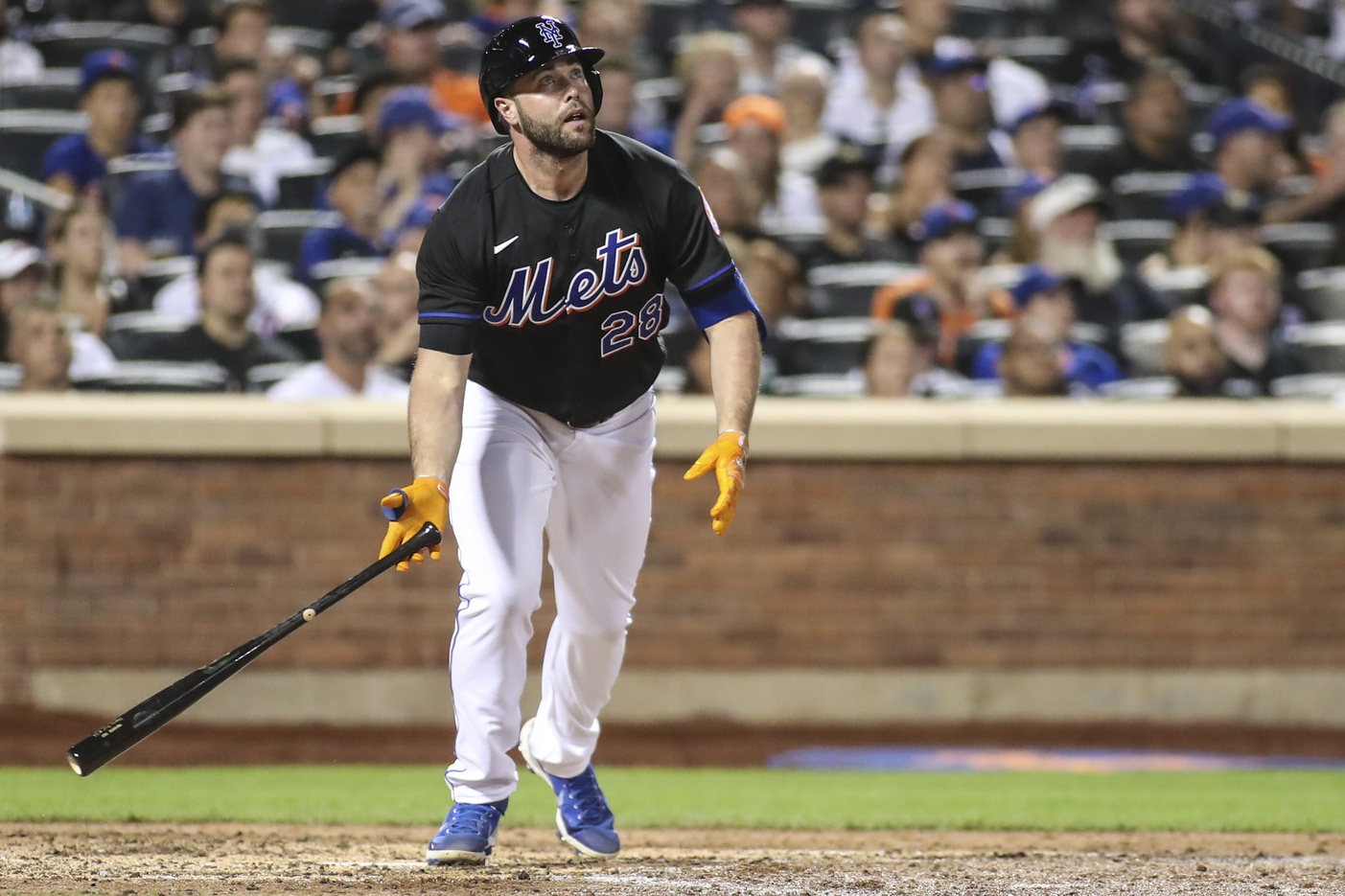
Wendell Cruz-USA TODAY Sports
Trade #3: August 2 – Darin Ruf (1B/DH) from San Francisco for J.D. Davis (3B/DH), Thomas Szapucki (LHP), Carson Seymour (RHP), and Nick Zwack (LHP)
At the time, this was by far the most head-scratching of the deals made by general manager Billy Eppler and crew. The Mets gave up three prospects and a major-league player for a 36-year-old platoon player. In Eppler’s mind, he was acquiring a right-handed designated hitter complement to Vogelbach. Right of the bat, it was rightfully perceived that the Mets were giving up way too much.
The Ruf experiment went well, rough. Before coming over from San Francisco, he was slashing 252/.364/.523 against left-handed pitchers, which was good for a strong .887 OPS. He was a career .900-plus OPS guy against left handers. And these were the reasons why the Mets presumably targeted him.
Well, that certainly did not happen with New York. In total, Ruf slashed .152/.216/.197 good for a .413 OPS, 474 total percentage points lower than his OPS earlier in the season with San Francisco. He did not register a single home run and forced the Mets’ hand in calling up top prospect Francisco Álvarez.
The lone established major-league piece the Mets gave up was Davis. J.D. was an enigma for the Mets before being dealt. His hard-hit rate was one of the best in the league, yet he was seemingly unable to make contact most of the time. This resulting in an absurdly high strikeout rate. Well, with the Giants, Davis increased his OPS by 174 points, from .683 to .857. He was also able to hit four more home runs in 44 less at-bats than he did with the Mets. Though, coincidentally enough, Davis struck out at even a higher of a rate than he did with New York.
Szapucki, the Toms River, NJ native, found success as well. He pitched to a 1.98 ERA (1.34 FIP) across 13 2/3 innings with 16 strikeouts at the major-league level with the Giants. He also had a 1.08 ERA in only 8 1/3 innings pitched in Triple-A. As many alluded to was possible, it appears Szapucki may be emerging as a decent left-handed bullpen option.
Seymour, a 2021 sixth-round pick by the Mets, posted ERAs of 1.19 and 3.68 between Single-A and High-A ball levels with New York before being dealt. With San Francisco (High-A level) after the deal, he started six games throwing 29 1/3 innings posting a 3.99 ERA. He struck out 43 batters, showing his superb strikeout rate with Brooklyn (High-A) was not an illusion.
Zwack, who was named South Atlantic League player of the month with the Mets’ organization for June, had a 1.84 ERA in 63 2/3 innings pitched with Brooklyn (High-A) before the trade. Zwack started six games for the Giants’ organization at the High-A level posting a 3.99 ERA across 29 1/3 innings. He struck out 36.
Zwack and Seymour checked in at 29th and 30th, respectively, on the Giants’ top-30 prospect rankings by MLB.com.
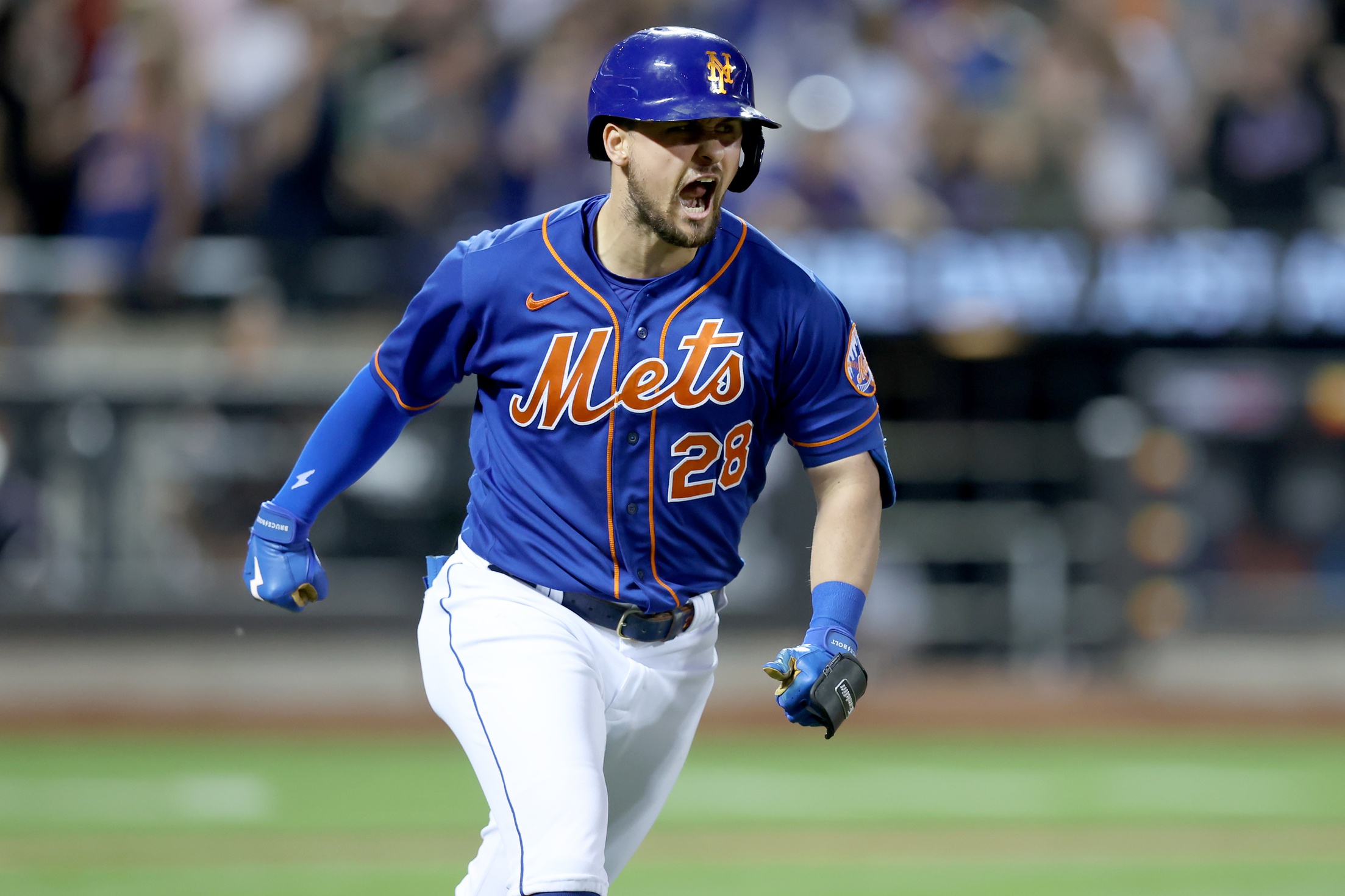
Brad Penner-USA TODAY Sports
As mentioned above, what general manager Billy Eppler wanted to accomplish was clear. He believed acquiring Ruff, who had a .900-plus OPS against left-handed pitching throughout his career, would adequately compliment Vogelbach and ultimately form a formidable designated-hitter position for New York down the stretch. Though, that certainly did not happen.
From the jump, the Mets gave up too much: an established, albeit at the time, struggling major-league bat, a potential major-league left-handed bullpen option, and two pitching prospects with intriguing upside. To make matters worse, Ruf faltered heavily and each of the pieces the Mets gave up lived up to what several thought they were currently. This putting the nail in the coffin of this immediately ugly trade.
Grade: F
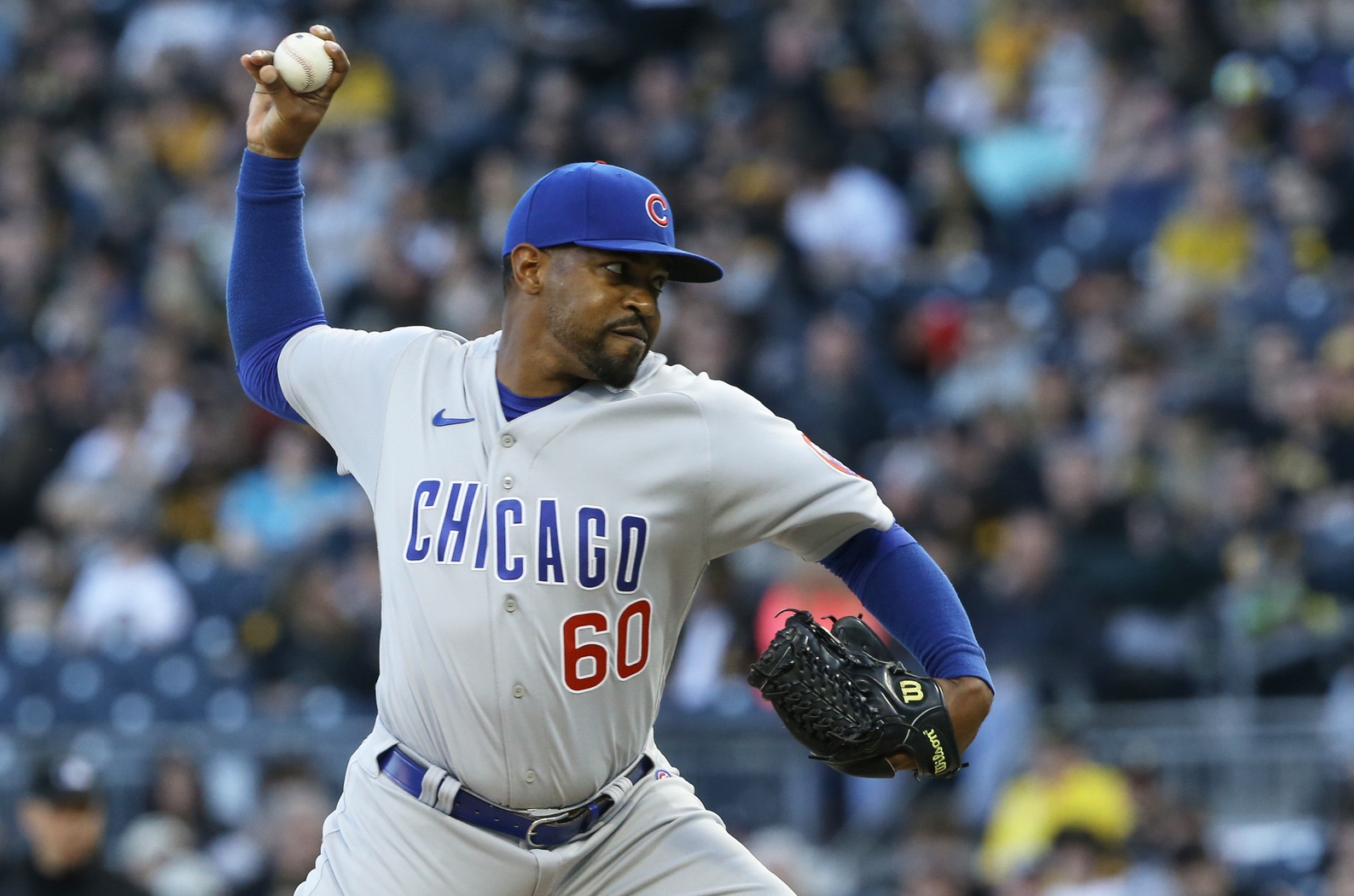
Charles LeClaire-USA TODAY Sports
Trade #4: August 2 – Mychal Givens (RHP) from Chicago (NL) for Saúl González (RHP)
One of the dyre needs of the Mets at the deadline was the needed acquisition of a reliever or two. New York went ahead and only added one major-league reliever in veteran Mychal Givens. In doing so, New York gave up a non-top-30 prospect in Saúl González.
Evaluating Givens’ Mets’ tenure is an interesting task. On the surface, his 4.79 ERA, 24 hits allowed, and subsequent 4.79 ERA with New York appears to show another deadline blunder. However, when you further analyze Givens’ time in Flushing, 73% of his earned runs (eight of 11) came in only two appearances. In total, Givens appeared in 19 different regular-season games for the Mets, he allowed a run in only four of them. Overall, 79% of Givens’ outings were scoreless, and he posted eight-straight scoreless appearances to end the regular season.
González, a six-foot-seven 22 year old, posted a 8.71 ERA in 10 1/3 innings during the 2021 season with St. Lucie (Single-A). He had a 2.81 ERA in 25 2/3 innings this season before the trade. Serving exclusively as a reliever, as he did with the Mets, González posted a 3.63 ERA in 17 1/3 innings with Single-A Myrtle Beach in the Cubs’ system after the deal. He is not in the among the top 30 in the Cubs’ prospect rankings per MLB.com.
At the time this trade was made, it appeared to be a nice move for the Mets. Looking back, it appears to be exactly such. New York did not give up much while getting a usually reliable arm. Though, you cannot completely ignore those two bad outings and have to factor in the two runs given up in the postseason.
Note, Givens and the Mets have a mutual option for this upcoming season valued at $3.5 million.
Grade: B-minus
Final Thoughts
Looking back on it, it was certainly a lackluster deadline for the Mets and general manager Billy Eppler, in terms of the four deals completed. Two of the trades turned out perfectly fine, and two others ended up being pretty poor. Especially the deal for Ruf. Whether or not Eppler could/should have done more at the deadline is a different story. Though, for what he did do, certainly provided some mixed results.










